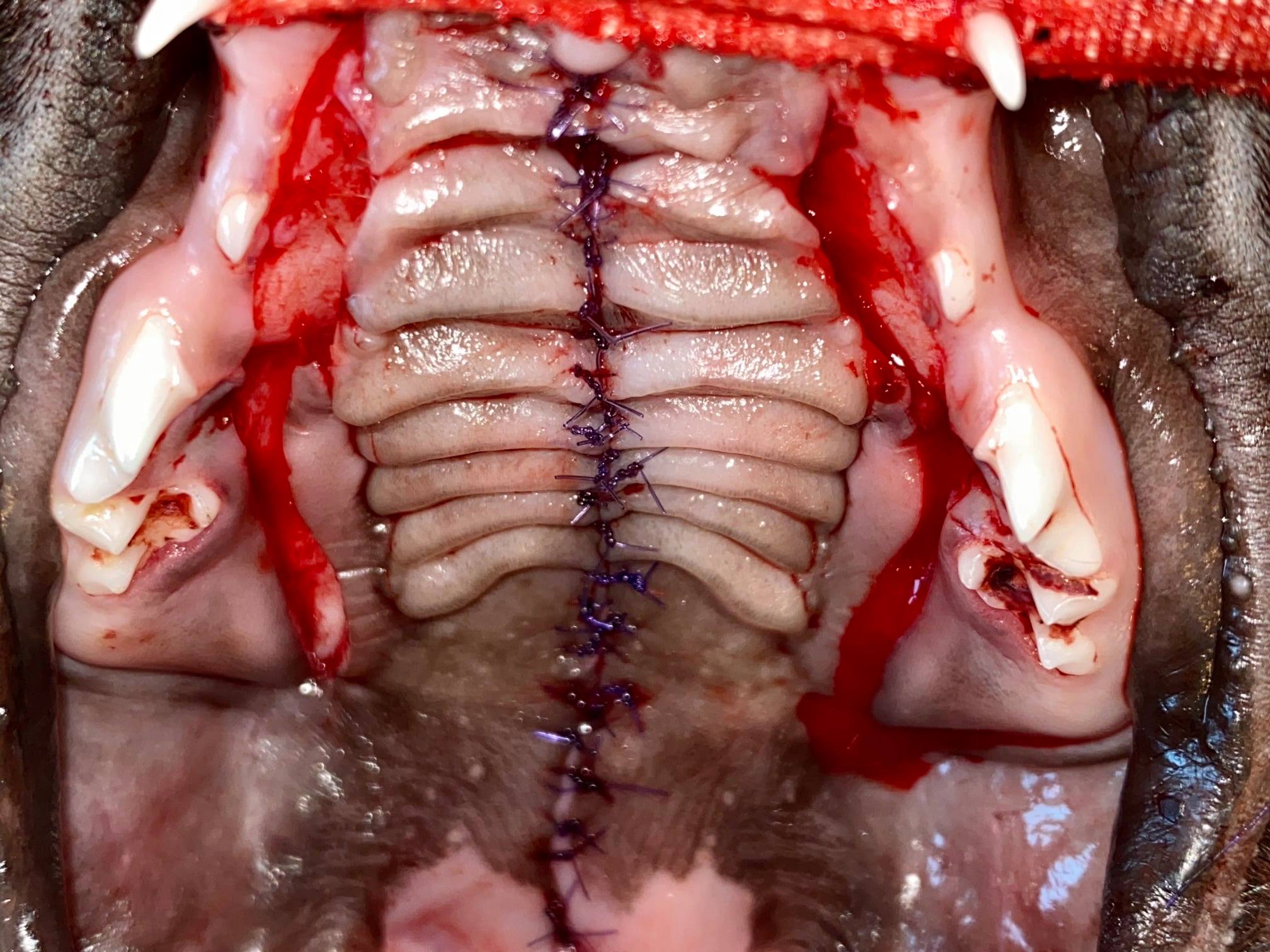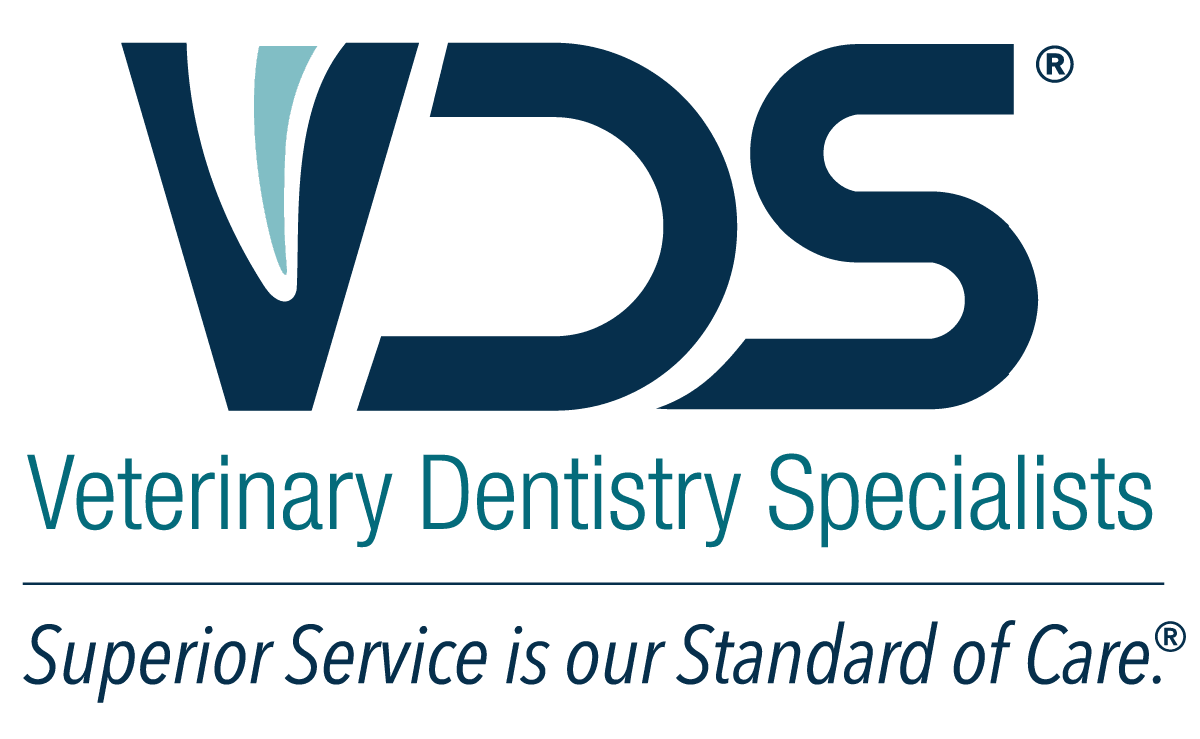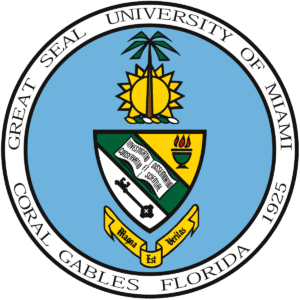Veterinary Oral Surgery
Advanced surgical expertise for cats and dogs
Among the oral surgery procedures we perform:
Oral cancer surgery: Oral cancer is common in dogs and cats. If diagnosed early, surgery can often provide a cure for most types of oral cancers, which underscores why regular checkups that include a dental evaluation are so important.
The treatment for most oral and maxillofacial (relating to the jaws and face) tumors is wide surgical excision (removal). This involves cutting out areas of abnormal tissue with a wide margin to ensure that only healthy tissue remains.
Fortunately, most surgeries to remove a portion of the jaw due to cancer—what’s called mandibular (lower jaw) or maxillary (upper jaw) resection—can be performed with little to no loss of function, and without compromising your pet’s quality of life.
In more severe cases, advanced techniques such as the placement of permanent titanium maxillofacial mini-plates may be needed to stabilize the jaw and restore function.
Salivary gland surgery: Swelling in your pet’s neck and/or face is often due to a problem in a salivary gland or salivary duct. When this swelling occurs (or recurs) because of diseased salivary tissue and can’t be successfully resolved with conservative measures such as drainage and antibiotics, surgery to remove the affected salivary tissue can permanently correct the problem.
Palate Surgery: The palate refers to the roof of the mouth. The hard palate is the bony front portion of the roof of the mouth, and the soft palate is the fleshy, flexible part toward the back.
Palate defects can be congenital (present at birth) or acquired (they develop over time). One of the most common palate defects found in dogs and cats is what’s called a cleft palate. This is a congenital condition in which the two sides of the palate don’t fuse together during embryonic development. It results in an abnormal opening between the roof of the mouth and the nasal passages.
Fortunately, there are various surgical techniques that can successfully correct the majority of cleft palate defects in dogs and cats, enabling the oral surgeon to tailor an approach for your pet’s needs.
Malocclusions: Jaw malocclusion—the misalignment of the jawbones—is a painful condition that impairs jaw function, including your pet’s ability to eat and drink. Left untreated, jaw malocclusion can result in jaws that are permanently locked open or closed, which often requires surgical intervention to alleviate the problem.
A locked jaw can be caused by a variety of different conditions, including trauma, temporomandibular joint ankylosis, temporomandibular joint luxation and dysplasia, and masticatory muscle myositis (the muscles used for chewing are swollen).
Endodontics: This is the branch of dentistry that involves treating the pulp of the tooth when it becomes diseased or injured. The pulp is the inside of the tooth and includes an artery, vein and nerve.
With advances in endodontics—procedures such as standard root canal therapy, surgical root canal therapy, or vital pulp therapy—we can save important teeth that once would have had to be extracted and preserve your pet’s oral health and ability to chew normally.
Teeth in which root canal treatments have been performed have a very high success rate (95%) and are designed to last for the rest of your pet’s life.
Prosthodontics and Restoratives: In certain cases, pets can benefit from a custom-fitted cast metal crown after standard root canal therapy has been performed on a tooth. The crown creates an additional barrier to protect the tooth from infection. It also adds strength to the remaining portions of the natural tooth, reducing the risk of the tooth breaking.
These types of treatments are often performed on police dogs, service animals, and hunting breeds, since their teeth have a “job” to do in addition to chewing food.
Orthodontics: Just as in humans, orthodontics involves treatment of dogs and cats with an improper bite (malocclusion). Although animals don’t require a bite that’s perfect, they do deserve one that is comfortable and pain-free.
Orthodontic therapy may include bite evaluations, orthodontic appliances (the pet equivalent of braces), crown reductions, and selective extractions. If you are breeding your dog or cat, genetic counseling is available to determine if bite issues are hereditary.
What’s Included
Oral cancer surgery
Salivary gland surgery
Palate Surgery
Malocclusions
Imaging
Endodontics
Prosthodontics and Restoratives
Orthodontics





